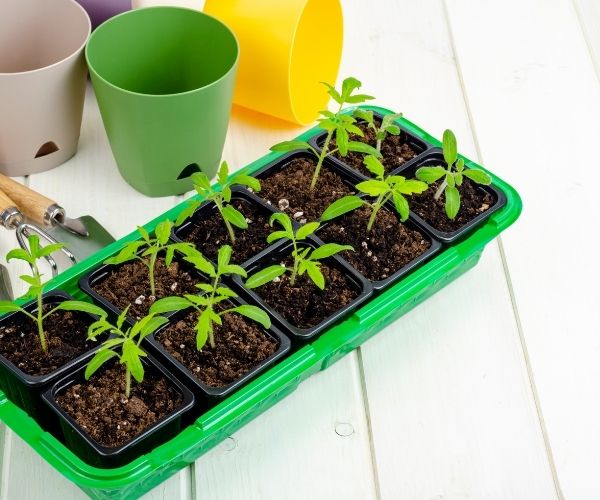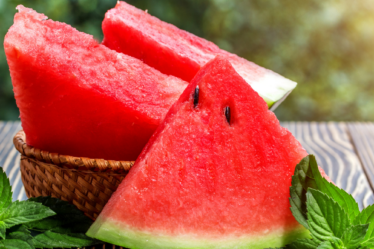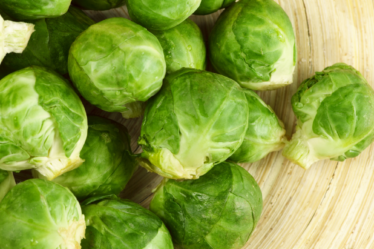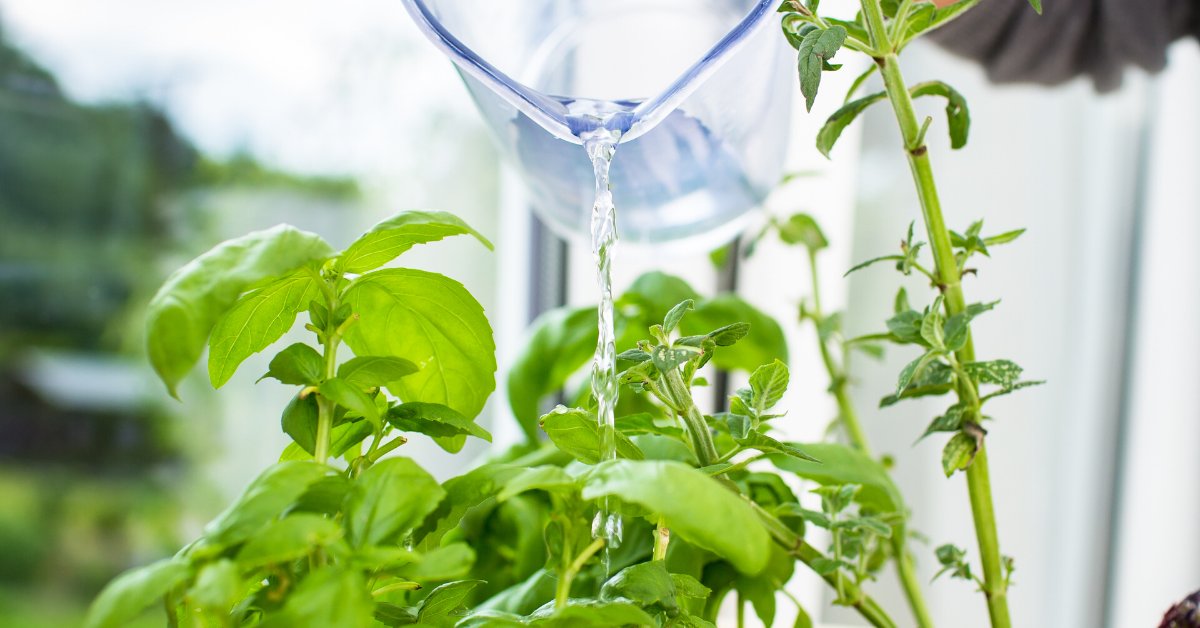
Gardening doesn’t require a spectacular backyard or a front yard at your home. Not everyone lives in a house, in the suburbs, or has access to open space for gardening. However, unless you want to fill up your home with large plants, you can make a mini garden in the little space you have in your house. A kitchen, a balcony, a porch, or even the little space you have in your window sill – it is possible to make a little garden at home and plant some simple vegetables.
Although most people prefer to plant flowers or herbs in their homes, vegetables are a close favorite. Even in the comfort of your own kitchen or balcony, you can plant fresh vegetables for your family meals in small containers and pots.
Here are some vegetables that you can easily plant in your house without needing a lot of space.
- Lettuce
Both Romanian and Loose-leaf lettuce doesn’t require a lot of space to grow. In fact, you won’t need a container that’s bigger than the type of lettuce you are growing.
Lettuce needs to be grown in a mixture of soil, compost, and perlite, and the seeds need to be sowed in shallow soil. The soil doesn’t even have to be watered regularly; the soil needs to be merely moist instead of wet for lettuce to grow perfectly. At the same time, it is also important that the container is placed someplace with lots of shade and cool in nature. Lettuce doesn’t need a lot of sunlight to grow but can grow very fast indoors.
- Potato
Potatoes too, can be grown in containers, although slightly larger ones than the containers needed for planting lettuce. The containers must also be deeper and higher since growing potatoes require a lot of soil. Water content is quite important for potatoes.
Potatoes grow under the soil, which is why a deep and long cylindrical container is necessary for planting potatoes. This container should also get full exposure to the sun during the day. The right soil, water content, and sun exposure – if you have these three factors ensured, getting fresh potatoes for your table every week can be very easy.
- Salad Greens
Salad greens are easier to manage in a container than on the ground because you can control the growth of unwanted weeds and harmful pests. Without the attack of weeds and pests, salad greens can grow up without any obstruction in a container.
The amount of salad greens you can get every day depends on the size of the container you use for your garden. However, with a medium-sized container, it is possible to get a decent amount of greens for your salad every day.
- Sweet and Hot Peppers
The good thing about growing peppers in a container is that your plant doesn’t have to be limited by the size of the container you are using. With an adequate amount of sunlight and a good drainage system, pepper plants can expand over a large area, especially if they get support for hanging.
It’s the orange and purple sweet peppers that grow the best in small areas in containers. Pepper plants require regular and heavy watering and direct sunlight, but they can grow in a very short time, with plenty of peppers for your recipes.
- Cucumbers
Cucumbers are extremely fast-growing vegetables that can be easily harvested in containers. Both in ceramic or plastic containers, cucumber plants grow best in hot and humid climates, making them perfect for kitchen gardens.
Bush and vining cucumbers are the two types of cucumbers that grow perfectly well in containers, and they can be used in green salads and for pickling.
- Eggplants
Fairytale and Hansel are the two types of eggplants that are best grown in containers, because they grow on more compact plants than the other varieties. Although they don’t need a lot of space to grow and expand to, large and deep containers are necessary for eggplants. This is because eggplants grow on plants with deep roots that grow deep down.
- Squash
Rather large containers are needed for growing squashes, but they are vegetables that can definitely be grown in containers. The ideal growing condition for squash also includes consistent watering, good quality soil, and lots of sunlight.
- Green Beans
The most common kind of green beans to grow in containers are Blue Lake Bush Beans, which have excellent flavors and can be used in a lot of recipes. The bean pods are thin and slender, but the plants need to be grown at least 6 to 8 inches apart from each other for a good harvest. This means that in a limited space, two to three green bean plants can give an adequate amount of vegetables for the whole family.
- Swiss Chards
Swiss chards are great vegetable plants that are perfect for beginners in a container. The best part about planting Swiss chards is that they can provide continuous harvest all year long, even during winter. Swiss chards need a minimum of 6 hours of direct sunlight every day to grow well, as well as good quality soil. Because of the long exposure to sunlight, Swiss Chard plants also need vigorous watering to survive and to grow.
- Tomatoes
For growing tomatoes, a minimum of 12” deep container is required, as well as regular watering and plenty of sunlight. Even in pots and containers, tomatoes are extremely productive but for a heavy yield, you’ll need plenty of space and at least 6 hours of direct sunlight every day.
Tomato plants grow up in bushes, which means they don’t need a lot of space overhead, but require at least some space from other plants around them. Besides, it is important to keep tomato plants of different varieties away from each other to stop cross-pollination.
- Onions
Although not in a large amount, you can definitely grow onions in small containers not more than 4” in depth. Homegrown onions, grown underneath small bush-like onion plants are easy enough to grow and harvest. A single plant can yield half a dozen of small to medium-sized onions in a small container, and they are easy to replant for a long time.
- Spinach
Just like lettuce, spinaches are best grown in containers rather than on the ground. Spinach plants don’t require a lot of direct sunlight; in fact, they develop better in partial shade. Spinach can grow in kitchens, balconies, and even window sills, and doesn’t even need containers deeper than 6” to have enough space.
Giant Nobel and Avon Hybrid are the two most common varieties of spinach that are commonly grown in containers and pots.
Although most vegetable plants are mostly used to free space in backyards or full-fledged kitchens, there are some vegetable plants that you can easily grow in small or large containers inside your house. Since not everyone has space outside their house, it shouldn’t stop you from eating fresh home-grown vegetables grown in your own balcony, kitchen garden, or window sill.


